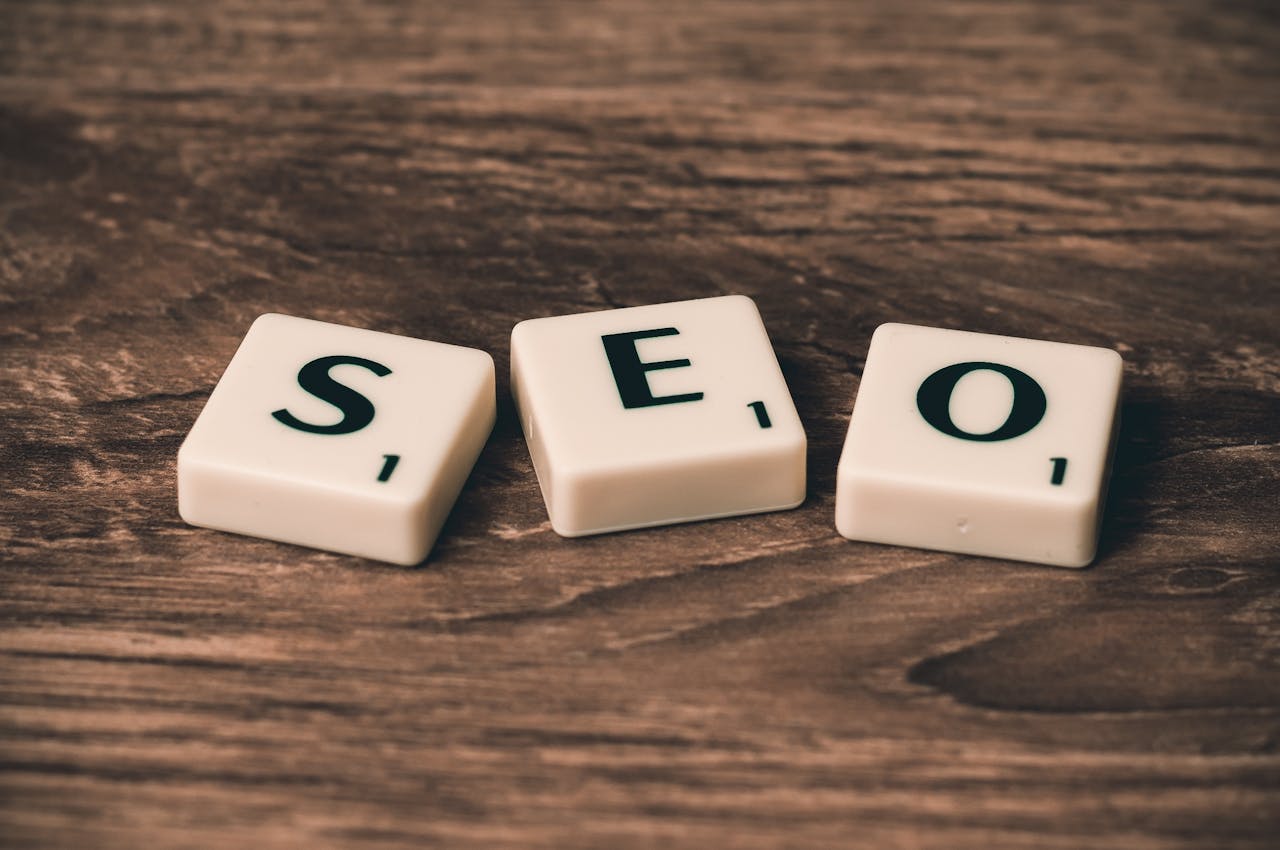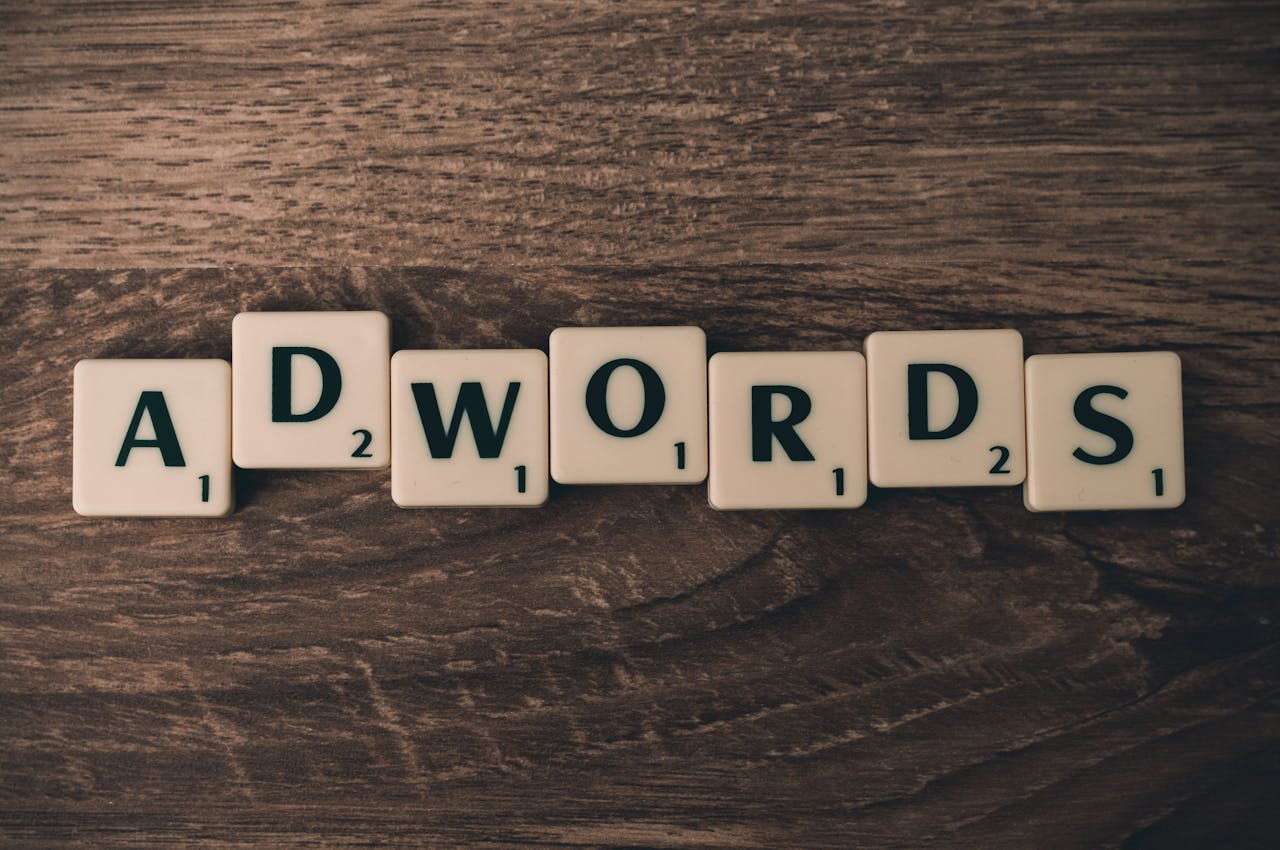SEO vs Paid Advertising: Drive Organic Traffic That Lasts
When it comes to digital marketing strategies, businesses often find themselves choosing between SEO and Paid Advertising. Both have their advantages, but understanding their differences is crucial to making an informed decision. This SEO vs Paid Advertising Which is better, article explores why SEO stands out as a sustainable and cost-effective approach for driving organic traffic.
What is SEO?
Search Engine Optimization (SEO) focuses on improving a website’s visibility in organic search results. By optimizing keywords, building quality backlinks, and enhancing on-page elements, SEO helps your site rank higher on search engines like Google. This process attracts users who are actively searching for relevant content, ensuring high-quality traffic that grows over time. Hence, it is very critical to understand SEO vs Paid Advertising which is better for the business.
What is Paid Advertising?
Paid Advertising involves paying for visibility through strategies like Pay-Per-Click (PPC), social media ads, and display campaigns. While it delivers immediate results, it relies heavily on budget. Once the campaign stops, so does the traffic.
Why SEO Outshines Paid Advertising
1. Cost-Effectiveness
SEO requires upfront investment but eliminates ongoing costs for clicks or impressions. Over time, it becomes more economical than constantly funding paid campaigns.
2. Sustainable Results
Unlike paid ads that generate traffic only while active, SEO delivers consistent, long-term results. High-quality content and optimized web pages continue to attract visitors even after initial efforts.
3. Credibility and Trust
Users often trust organic results more than paid ads. Ranking on the first page of Google organically enhances your brand’s authority and relevance, leading to higher click-through rates.
4. Higher ROI
SEO provides compounding benefits. As your site climbs search rankings, the return on investment grows without additional expenses, unlike paid ads where costs increase with higher competition.
5. Comprehensive Reach
SEO allows you to target every stage of the buyer’s journey—from awareness to decision-making. By addressing user intent, you attract and engage the right audience.
6. Improved User Experience
SEO improves site speed, navigation, and mobile-friendliness, enhancing overall user experience. This not only boosts rankings but also keeps visitors engaged and encourages conversions.
The Limitations of Paid Advertising
While paid ads can offer quick results, they are short-lived and expensive. Over-reliance on ads can drain budgets, especially in highly competitive niches. Additionally, users may perceive paid ads as less trustworthy than organic results.
Can SEO and Paid Advertising Work Together?
For businesses seeking both immediate and long-term results, combining SEO and Paid Advertising can be effective. While paid ads generate quick visibility, SEO builds a sustainable online presence that pays off over time.
Check out the Best Free SEO Tools for Beginners
Conclusion: SEO as a Long-Term Strategy
When choosing between SEO and Paid Advertising, SEO emerges as the smarter long-term investment. It offers cost-effective, sustainable, and credible growth for businesses aiming to build a strong digital presence. For lasting results and improved ROI, investing in SEO is the way forward.


